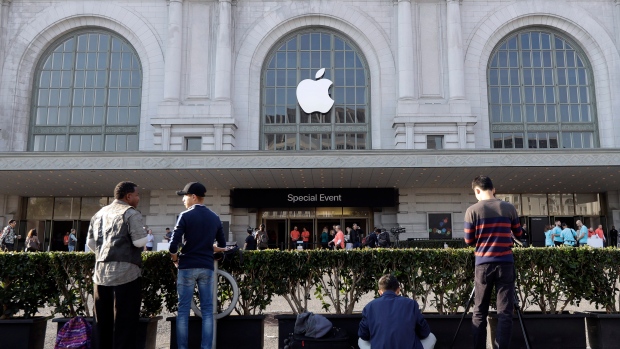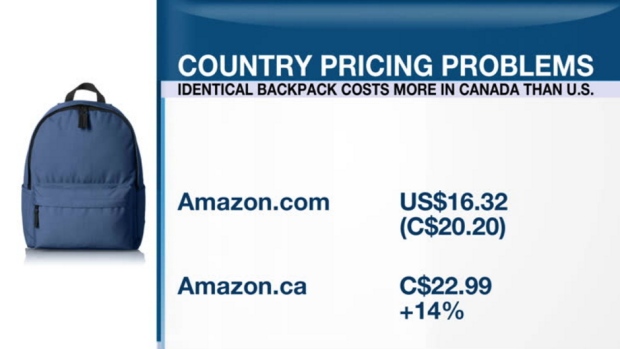Sep 8, 2016
Apple’s new iPhones rekindle Canada’s struggle with cross-border price gaps

Canadians cannot seem to avoid getting gouged on the cost of a wide variety of goods, at least when compared to what consumers south of the border spend on the exact same products.
The issue of “country pricing” has come up once again as Canadian Apple fans grapple with sticker shock from the new iPhone 7 pricing structure. Yet the practice – where manufacturers charge Canadian retailers higher prices than American retailers must pay for identical products, who then pass those higher costs on to Canadian consumers – has been a source of national frustration for years.
“We know there are some products sold to retailers in Canada at a markup of 22 per cent compared to retailers in the U.S.,” Diane Brisebois, CEO of the Retail Council of Canada, told the Financial Post in April 2011.
In February 2013, the Senate Committee on National Finance published a 75-page report looking at the Canada-U.S. price gap, offering several recommendations for how it can be narrowed or even closed. Among them included a broad review of all Canadian tariffs and, more specifically, reducing the 10 per cent mark-up that Canadian exclusive distributors can add to the U.S. list price of American books imported into Canada.
Almost exactly one year later, the government attempted to act.
“Canadians work hard and should not be gouged with higher prices simply because of where they live,” declared Jim Flaherty in February 2014, when the late former federal finance minister tabled a budget promising to deal with the issue by expanding the powers of the Competition Bureau to pursue companies that “use their market power to charge higher prices in Canada that are not reflective of legitimate higher costs.”
Ottawa tabled the Price Transparency Act in late 2014 with the goal of enshrining that power into Canadian law. However, following an intense backlash from manufacturers who argued various factors such as higher transportation and distribution costs were responsible for price discrepancies, the government abandoned the legislation.
Today, country pricing continues to confound Canadian consumers, and not just those looking to acquire luxury products like the latest Apple gadget either.

Canadians are not universally disadvantaged by country pricing practices. For some products – such as the starting prices of some entry-level cars as highlighted in the chart below – Canadians actually pay less than American consumers.
Dollars and Sense - Price differences on entry-level cars
| Model | CDN price (online starting MSRP) | US price (online starting MSRP) |
|---|---|---|
| Honda Civic sedan | C$16,155 | US$18,640 |
| Ford Focus sedan | C$16,456 | US$17,225 |
| Toyota Corolla | C$16,290 | US$18,500 |
The 2013 Senate report predicted the rise of more advanced mobile technology might be able to address the country pricing issue in ways new policy measures cannot.
“As more Canadian consumers become aware of smartphone applications and Internet sites for price shopping and comparison, and become price-savvy consumers, competitive pressures in Canada will increase and the price for products in Canada will converge to U.S. prices,” reads an excerpt from page 59 of the report.
More than three years later, technology has advanced, but it would seem the issues surrounding country pricing have remained very much the same.
